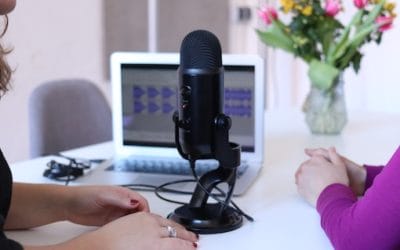Thinking of trying to be more minimalist? To help this lifestyle stick, try avoiding these common mistakes people make when transitioning to this way of living.
Moving to a minimalist lifestyle is great for your decor, for your mental health, for your bank balance and for the planet too. However, it isn’t all smooth sailing into a fluid way of living with less. There are pitfalls, as with any lifestyle change, especially one as transformative as this one.
To help you move forward and live the minimalist life you always dreamed of, here are 5 mistakes people make when trying to be more minimalist and how to avoid them:
1. Thinking About Stuff Only
The minimalist lifestyle is about more than decluttering your things. You’ll benefit from thinning out your house clutter and affordable self storage clutter. However, minimalist is about your spending habits, removing toxic friends and habits, and even dealing with digital clutter like social media that makes you feel negative things. By focusing on all elements of minimalism you have the best chance of it sticking.
2. Sorting But Not Getting Rid
It is all too easy to pop things you have sorted out to get rid of into a budget self storage unit, shed or garage and forget about them. A spare room full of ‘sorted out clutter’ can commonly become a boulevard of good intentions. Commit to actively moving those items into a recycling centre, charity shop or onto a sales site. For anything that doesn’t get sold, commit to taking that to charity as well. The process of removal has to be finished through to the end. Decluttering is not enough.
3. Comparing Yourself To Others Further Along In Their Journey
It is all too easy to see the progress other people doing minimalism have made and feel as though you are a failure because you are not there yet. Your house isn’t insta-worthy. You have more furniture. Remember – minimalism is a journey and certainly not a competition. Be inspired by others, but don’t compare – it’s an individual journey.
4. Decluttering But Not Creating Processes
Part of sticking to minimalism is creating processes that stop you from building up clutter again. Having a shredding pile for paperwork, and then having time to shred the paper is a good example of this. Or considering a new purchase for 24 hours before clicking the buy button.
Considering what your long term goal is when it comes to these processes is also useful, so you can keep focusing on the bigger picture when things feel tough.
5. Getting Rid Of Everything Right Away
Minimalism does include having only the basics so your house is functional, beautiful and, well, minimalist. However, that doesn’t mean throwing all your stuff away right away. Getting rid of obvious clutter right away? Yes, that is a good idea. However, moving forward you should take your time. Use methods like placing items you are unsure about into a box and see if you use them in the next six months. If you don’t, you know you can get rid of them. You should also take inspiration from the Marie Kondo shows when it comes to thinking about different items and why you might keep them, or move them on. It is a process and those deeper questions are what will help you start to understand your consumer habits and living habits, and how you need to change them moving forward for a better way of living.
The Journey To Minimalism Should Involve Mistakes
Remember, if you have made the mistakes above and you haven’t avoided them – don’t beat yourself up. It is actually normal and quite productive to make mistakes because you learn from them and grow. And that is what minimalism is, a journey of growth and change. Take your time, there’s a lifetime to learn how to do things better, and the journey is just as valuable as any end result.




